We visited Sophie Neuendorf at her family holiday home in Mallorca to discuss buying and selling art online, the price of work by female artists, and why working with family is underrated.
Considering the fact she’s the daughter of Hans Neuendorf—the German art dealer and founder Artnet, the leading online resource for the international art market, and the destination to buy, sell, and research art online—it’s no surprise that Sophie Neuendorf fell in love with contemporary art at an early age. “My whole life has been dictated by his work, in the best way,” says Neuendorf, recounting visiting art fairs, family trips to the cultural epicentres of Florence, Rome, and Venice, and moving from Germany to New York as a child so her father could focus on establishing his now renowned digital platform. Before that, the family was based in Frankfurt, where Neuendorf grew up in an apartment full to bursting with creations by some of the world’s leading artists, from Lucio Fontana to Robert Graham, Georg Baselitz to Pino Pinelli. “We may have had a Warhol or two as well at the time,” says Neuendorf. “During these formative years, what you see and what you’re exposed to leaves a strong impression. I was really impressed by my father’s time as an art dealer. I think we share the same tastes.”

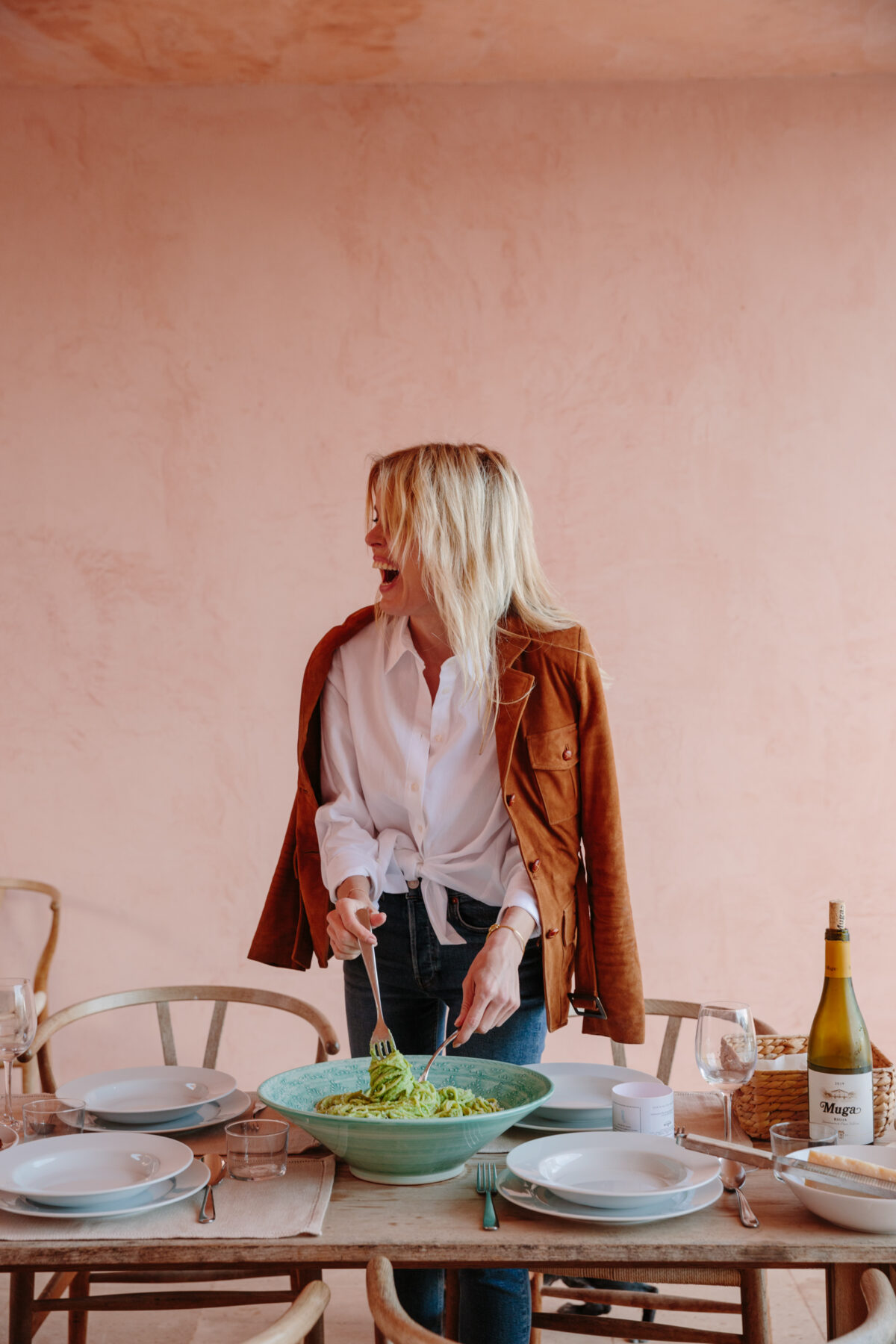

“When most people think about the art world, they imagine it being very bohemian. That’s part of it, but there’s also a lot of bottom lines and having to make ends meet.”
Despite her passion for visual culture, when it came to university, Neuendorf surprisingly didn’t choose to study art history. “I had been inundated with it since childhood, so I felt I had to study something different,” she says. Fuelled by her desire “not to be a cliche” and to work in a different industry to her father, Neuendorf studied International Business Administration in London, a course that she believed gave her a wide variety of career options. “When you’re 18 or 19, you don’t know if you’re going to be interested in the same thing in five or ten years. I chose the broadest subject possible. I still ended up in art anyway, which I’m very happy about.” Neuendorf’s studies didn’t go to waste: now working on “the corporate side” of the industry, they helped her immensely. “When most people think about the art world, they imagine it being very bohemian and filled with lots of interesting creatives. Obviously, that’s part of it, but there’s also a lot of bottom lines and having to make ends meet.”
While cutting her teeth completing internships at Jablonka Galerie in Cologne, Art Cologne—the German art fair her father helped to found—and Christie’s, Neuendorf learnt first-hand the importance of her father’s business. “Before that it was a little bit abstract for me. My father did something with data and I never really paid much attention,” she says. One day during her time at Christie’s, Artnet had a problem with its server in New York. No one could access the website’s price database. “Christie’s said, ‘call your father and ask him to fix this. We have a sale coming in and we need to verify the data.’ That really opened my eyes to Artnet, how much the industry relies on it, and how helpful it is for them.”
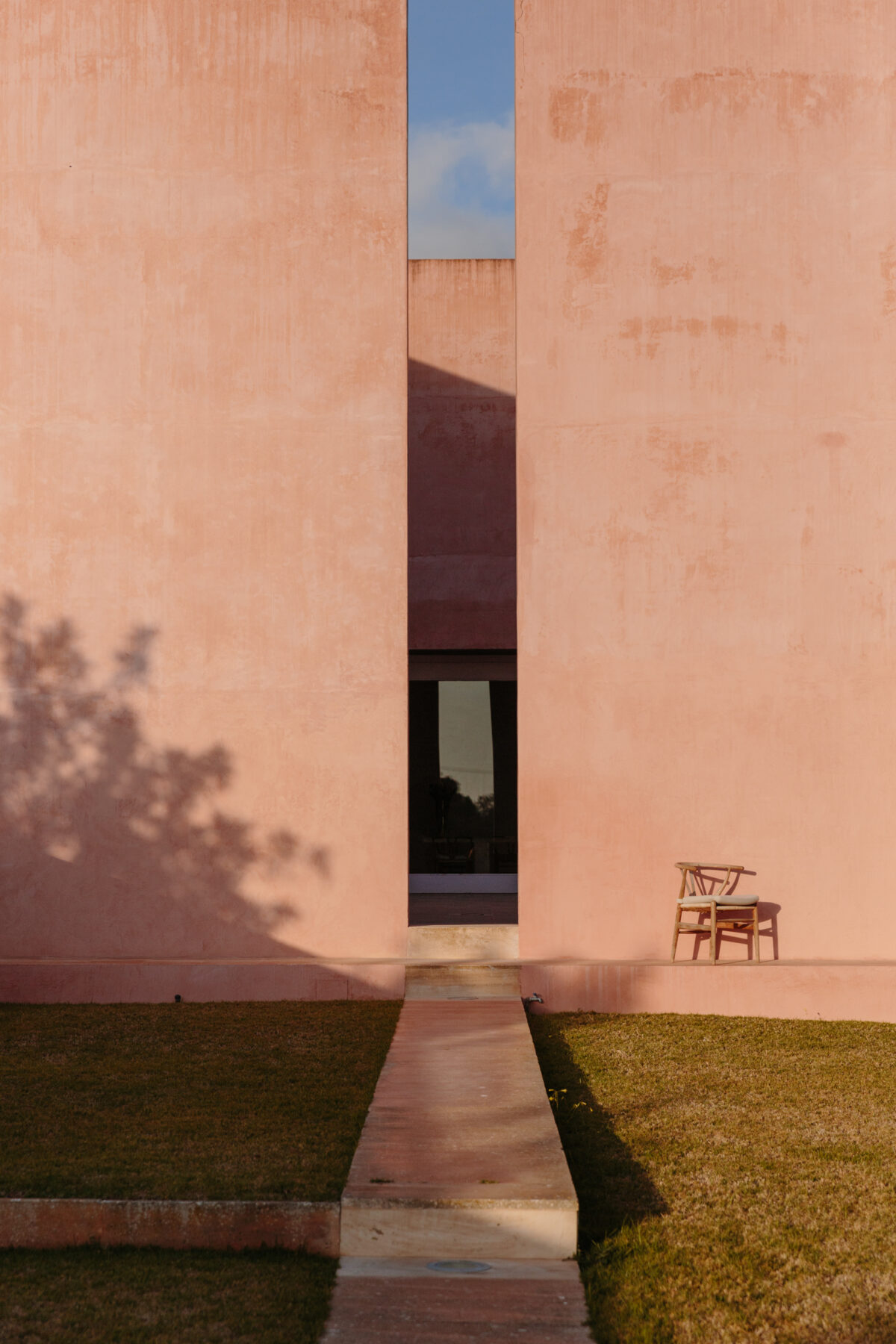
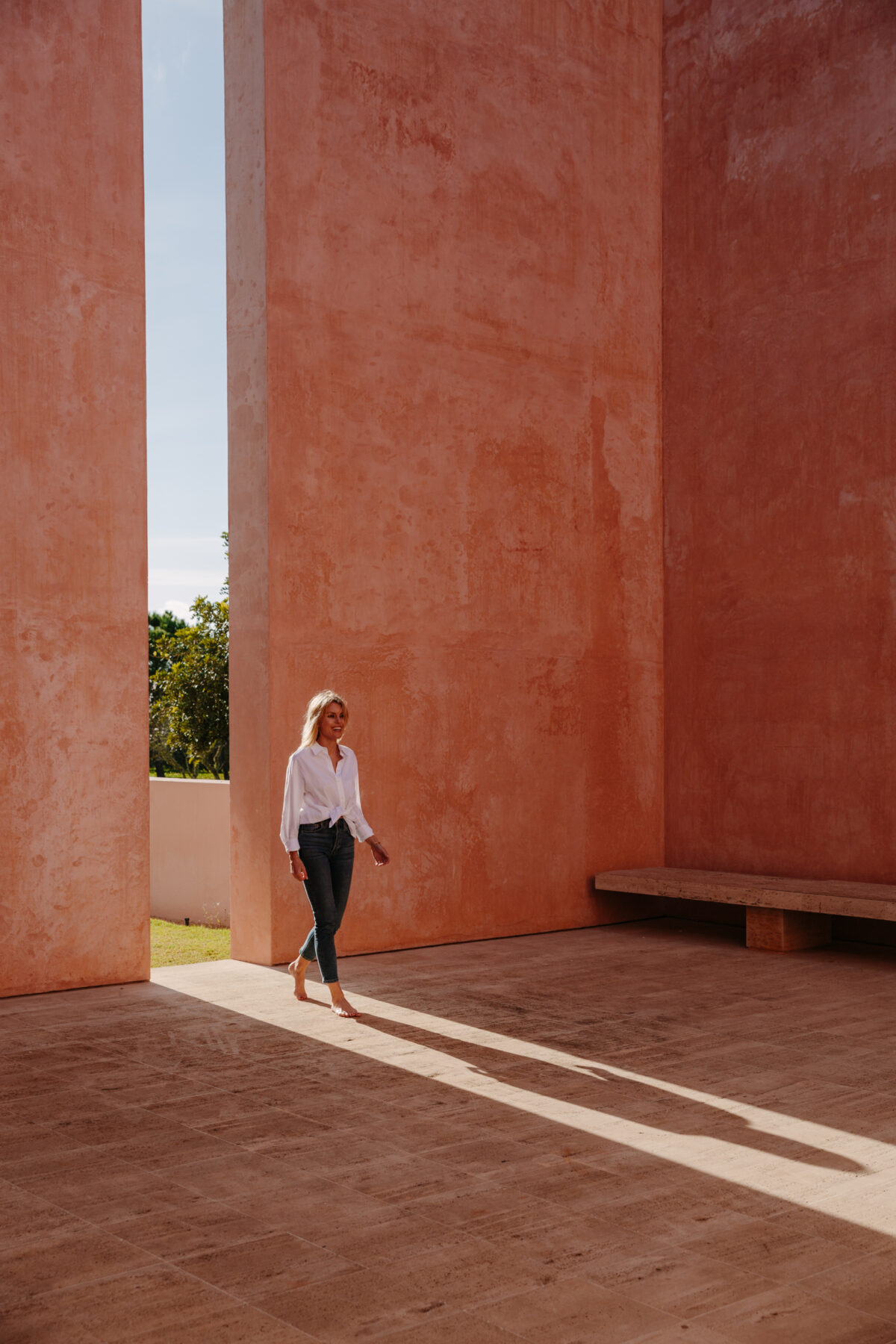
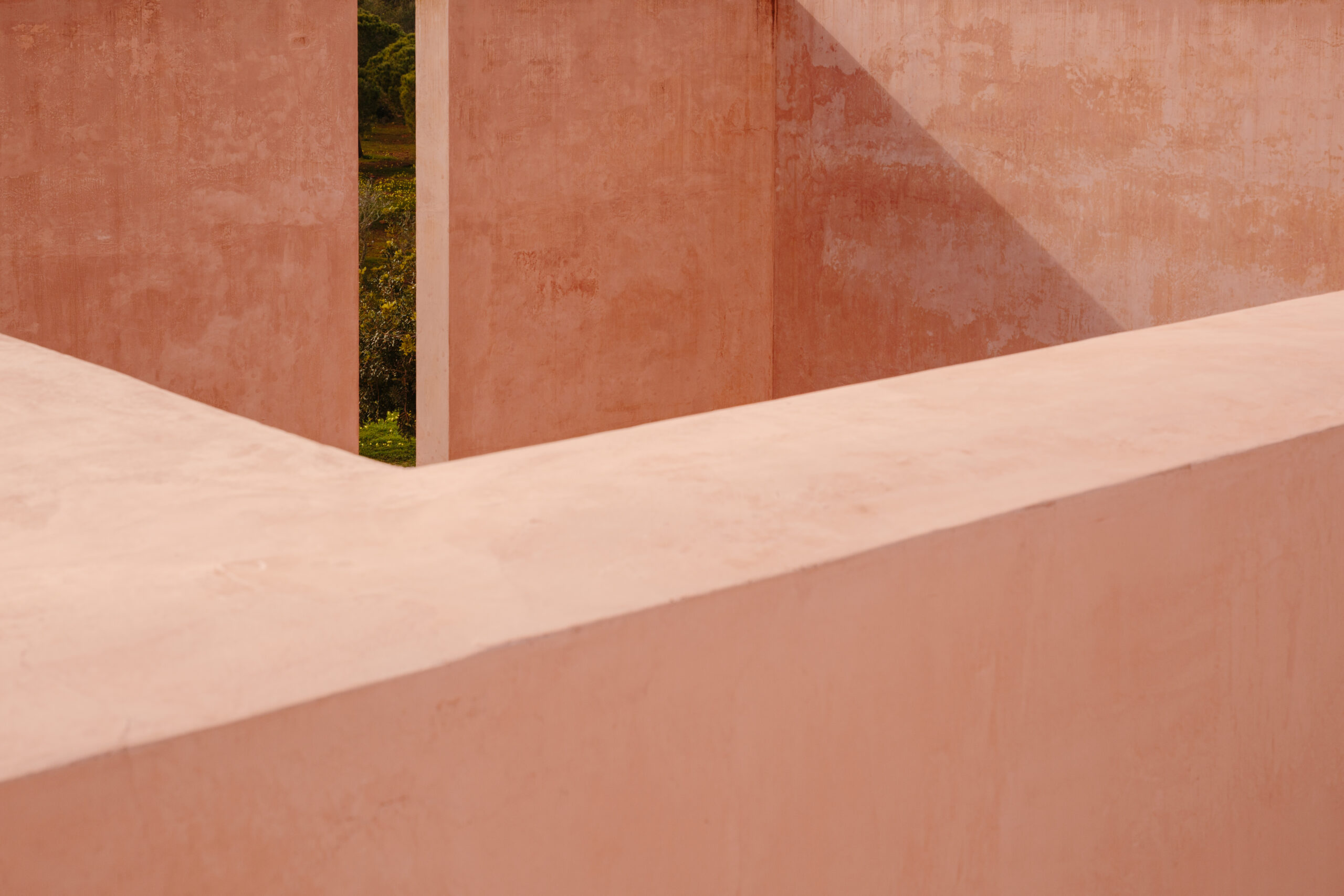
“Family businesses are underrated. Skills are passed from one generation to the next. It’s beautiful.”
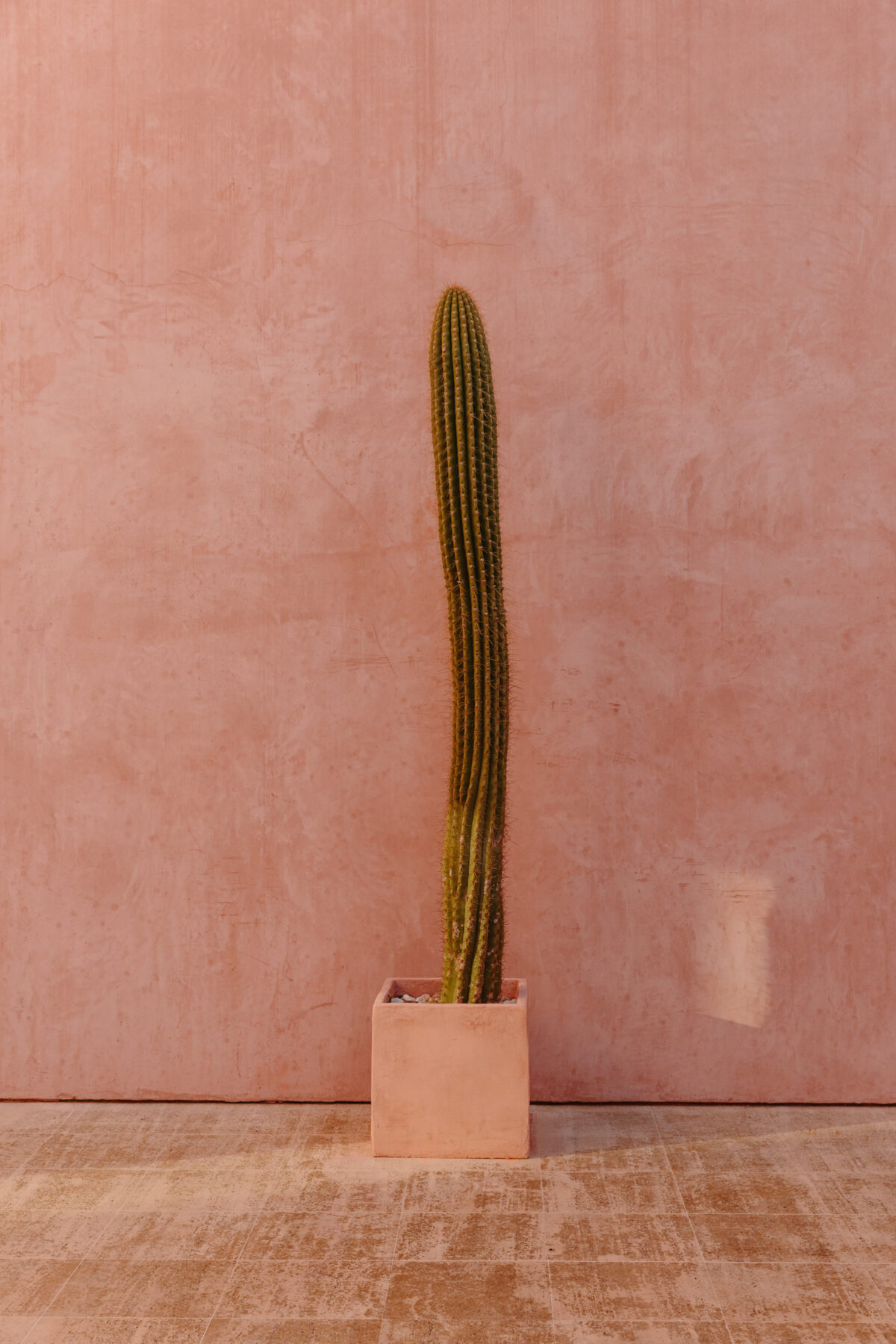

Impressed by its significance, Neuendorf ended up joining the family business in 2012, initially helping to establish its social media presence and its partnerships with art fairs. “There were around only five galleries in the world with a Facebook page at the time, and Twitter was basically non-existent,” she says. “Now, many galleries, and also artnet, connect with new collectors over Instagram for example.” Neuendorf has been at the company ever since, working at Artnet’s headquarters in New York before relocating to Madrid, where she now lives with her Spanish partner. “It’s been great to work with my family, there’s a whole different level of trust. The only drawback is that they can call you on the weekend and get you to work,” she says with a wry smile. “I think family businesses are underrated. Many galleries and businesses in the art world are handed down through generations. When people realise that they’re family-run, they can be very negative and insinuate that it’s all about nepotism, instead of thinking that these people are—literally—really invested in their businesses. The skills and savoir faire are passed from one generation to the next. It’s beautiful.”
After working in a variety of roles at the company, Neuendorf is now Artnet’s Vice President. “My role has changed a lot due to COVID. Now I work from home, but I used to travel to a lot of art fairs that we are in partnership with,” she says, adding that Artnet also partners with banks and institutions such as Deloitte, offering them data on art prices to help them with their reports. “I also speak at a lot of conferences about digitalisation, art, finance, and the future of the art market, and work on investor relations. This is a fascinating part of the business because our shareholders are very important to us. It’s good to keep them informed.”
The global pandemic has not only changed Neuendorf’s role at Artnet, it’s affected the company as a whole. Admittedly, however, as a business born out of the internet revolution, it was better prepared for the pandemic-induced shift into the digital realm than other organisations. “Artnet began just as the internet was starting. The company looked at artwork prices, catalogues, and conducted manual research to help people estimate how much something may be worth or sell for at auction,” says Neuendorf. Initially distributed by fax, this information became available on the first iteration of Artnet’s website over thirty years ago. As a result, price information became accessible to everyone, offering people transparency and security in their buying and selling of art. Before this point, “nobody knew what anything was worth. At art fairs, people would go around with their little pads, taking notes,” said Neuendorf’s father in an interview celebrating Artnet’s 30th Anniversary. “Often, they didn’t ask for prices because they wanted to buy something—they asked because they just wanted to know what their collection was worth, or how much they should pay another dealer for a similar piece. Everyone was doing their own pricing research all the time. That’s why I thought it might be good to do a price database.”
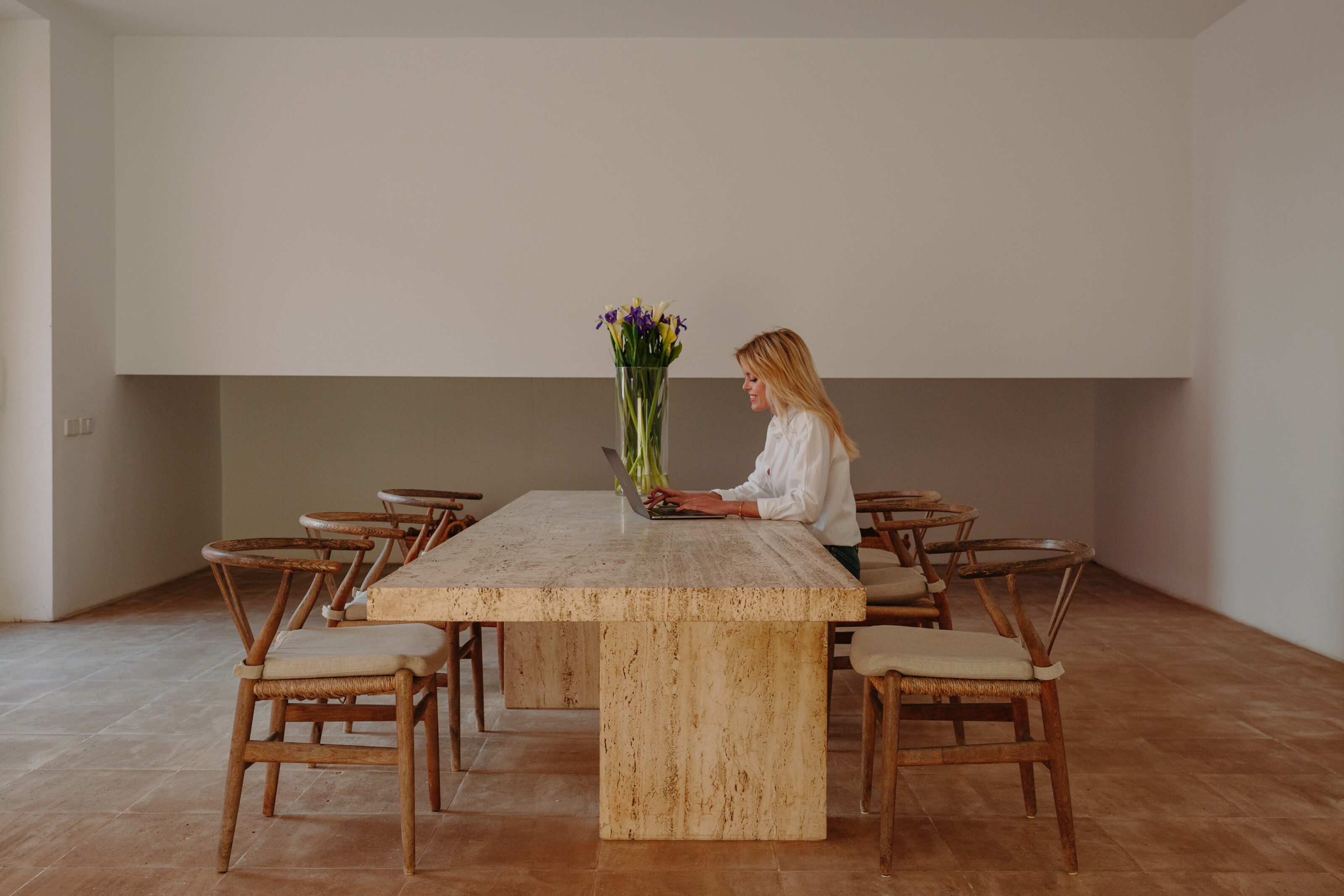





“I don’t think you can necessarily compare the price of an artwork to its quality.”
Over time, Artnet has grown to be much more than a price database: it offers a suite of online services including a gallery network connecting collectors from around the world and the online magazine Artnet News. Most recently, Artnet has started offering customized analytics reports allowing users to delve deeper into specific art market trends. “If you have a private collection and need to value it in terms of your other assets, then we can compare and contrast contemporary art to the S&P 500 , gold, or the real estate market for example.” In 2008, Artnet also became the first company to offer online auctions, which have been especially useful during the pandemic. “It’s really forced people to trust the process of buying art through the internet, similarly to how they trust purchasing other high-value items online,” says Neuendorf.
While returning an artwork bought online isn’t quite as simple as returning a pair of jeans, there are many pros to online auctions. “There are so many digital tools now that allow you to view artworks to scale, in a room, or in comparison to other objects. You can really get an idea of the piece before you buy it.” Neuendorf also believes that online auctions are less stressful than physical ones. “If you’re at Christie’s, they have it on the block, and you have a few seconds to make a decision,” she says. “Do you bid, or not? There’s a lot of pressure, which in some ways is the beauty of it. But online you can really look at the piece, research it, assess all the prices, and take your time to make a decision. It’s very smooth and calm.”


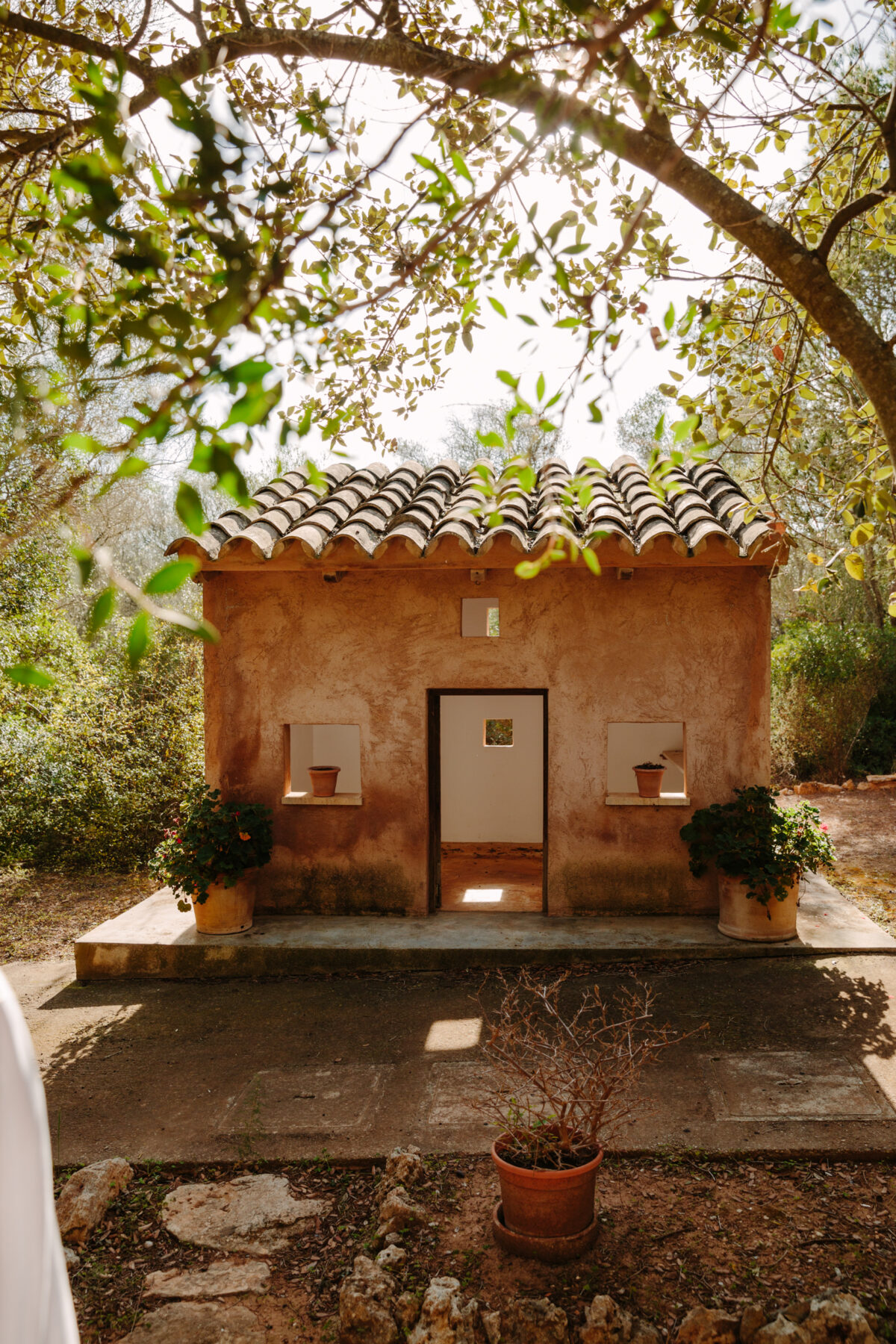


During the pandemic, Neuendorf wrote a piece about shopping for art online for her online column for Lux Magazine. More recently, she penned a brief history of women artists. “Women have only been able to practice as professional artists since the Renaissance, whereas men have a 2000 year history of producing art,” she says. As a result, work by female artists is often sold for much less than pieces by their male counterparts. “Even the likes of Yayoi Kusama,”—dubbed by Berlin’s Martin Gropius Bau as one of “the world’s most important contemporary artists” in the exhibition notes of their recent retrospective— make a fraction of what men are making. But things are improving slowly. I think the prices currently don’t reflect the appreciation for the work, or its quality.” Neuendorf hopes that female artists will come to be appreciated for their work, irrespective of their gender. “My fear is that their prices will rise just because people will think they need to buy work by female artists because they are in a minority, or to balance out the metrics in an exhibition. They should just be included because they’re great.”
Looking forward to a post-pandemic future, while Neuendorf is confident the buying and selling of art is going to continue to take place online, she’s excited to be able to see art in person again. “When you work in art but don’t often interact with it physically, everything becomes very abstract. You have to see it.” This being said, she doesn’t think the art world will, or should, go back to the way it was before the pandemic. “It was too much. It became more about the social life than actually appreciating the works on view. Now things have slowed down a little bit, I think there will be a new focus on the quality of work and exhibitions.”
Neuendorf hopes that the quality of work will also drive people’s purchasing decisions. “I don’t think you can necessarily compare the price of an artwork to its quality,” she says. “I hope people will start to independently value artworks because they think the artist is fantastic and because they want to support them even if they’re not popular yet, just like my father did.” Hans Neuendorf famously bought David Hockney paintings before the British artist, who also became his close friend, rose to prominence. It’s impossible to talk about the future of the art market without also briefly addressing non-fungible tokens (NFTs). According to Forbes, “NFTs are like physical collector’s items, only digital. So instead of getting an actual oil painting to hang on the wall, the buyer gets a digital file instead. They also get exclusive ownership rights.” While an advocate for buying and selling art online, Neuendorf is not convinced by this latest trend. “It’s a craze. I’m not sure it’s going to last.” Only time will tell.
Sophie Neuendorf is the Vice President of Artnet, the leading online resource for the international art market, and the destination to buy, sell, and research art online. Follow her on Instagram, or if you’d like to read more stories about people working in the contemporary art world, why not check out this profile of Munich-based art initiative Various Others board member Sarah Haugeneder, or this interview with Grisebach auction house CEO Diandra Donecker.
Text: Emily May
Photography: Marina Denisova

